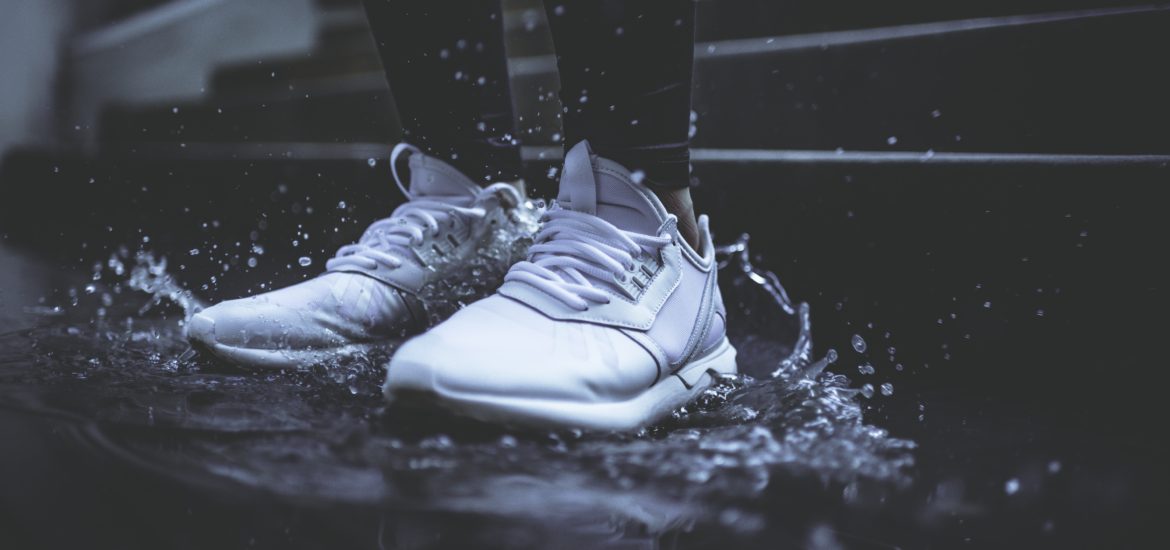For those of us who aren’t serious runners, it may never occur to us that the type of shoe you wear makes a difference in your workout. But wearing the right shoe can improve your form and make your body feel ten times better.
Tennis shoes seems to be a blanket term used to describe any kind of athletic shoes, but believe it or not, “tennis shoes” are for (surprise!) tennis. Running shoes, however, are built specifically for runners—not walkers, tennis players, or any other kinds of athletes.
When you run, you pound the ground with two to three times your bodyweight, meaning each stride you take crushes your heel with a powerful impact and distributes weight through the foot in an S motion. Basically, when you run, your heel takes the impact first, and then the weight goes through the arch of your foot, and finally through your toes, where you spring off of for your next stride. Running shoes are meant to reduce the impact on your feet and provide support in the affected areas.
Running shoes are built to cushion, support, and stabilize your lower body. They have extra cushion in the toe and heel areas and less protection in the ball of the foot, since that’s where runners feel less of an impact. They’re designed to be lighter, so you don’t feel like there are weights on your feet, and are made with more mesh—that breathable, thin material that keeps your feet cool and less sweaty. But the important part is a firm sole to fully support your body. Unfortunately for us fashionistas, that means no Nikes (we know, it’s painful). While comfy for walking around campus, they’re too soft for running and could cause painful foot injuries like plantar fasciitis.
So how do you find the “right” kind of running shoe for you? Before you run off (hehe) to buy a pair of shoes for your next workout, stop and take a look at what kind of foot you have. Although every foot is different, they can generally be divided into 3 categories: flat, medium arch, or high arch. Shoe stores can test your foot to determine what kind of arch you have.
For the best fit, try to match your foot to the shape of the shoe. Someone with a high arch should look for a visible arch in the shoe they buy. Someone with a flat foot, on the other hand, should look for a less curved shoe, with equal support throughout. And what should someone with a medium arch look for? You guessed it, a medium arched pair of running shoes.
When shopping for the perfect pair, remember: although style and color is very important, keep an eye out for the specific kind of shoe you need for how you workout. Having the right kind of running shoe helps prevent shin splints, muscle cramps, and pain in the rest of your body from the repeated stress of your body weight. No stress, no problem!
by Sarah Basile

